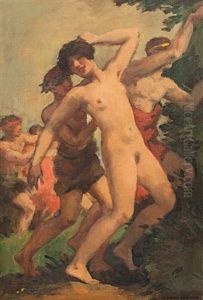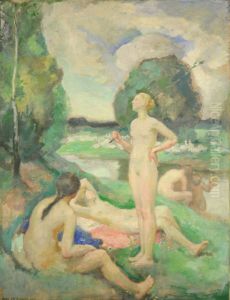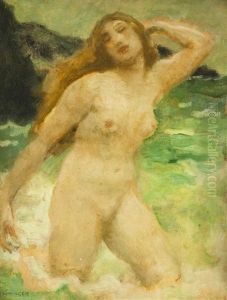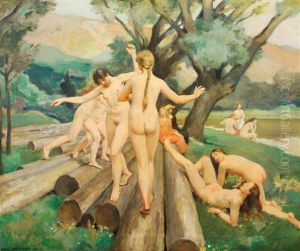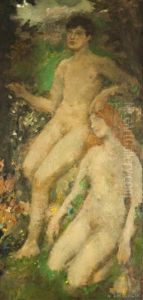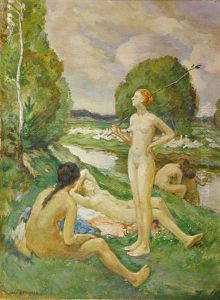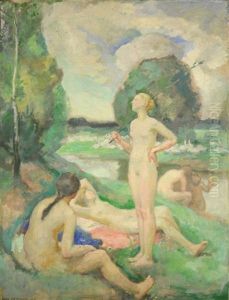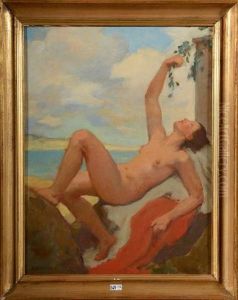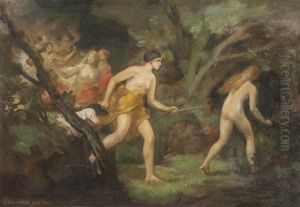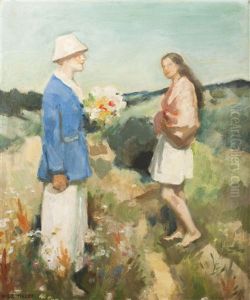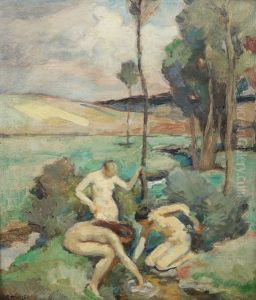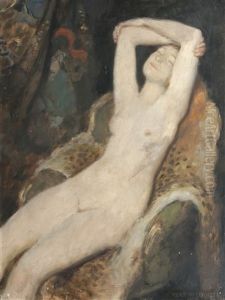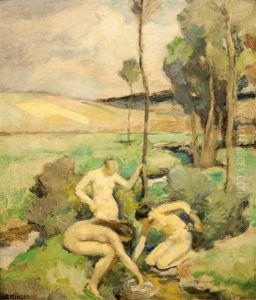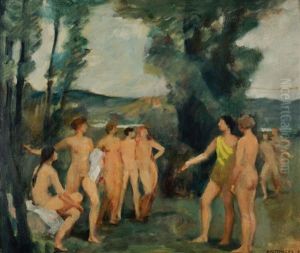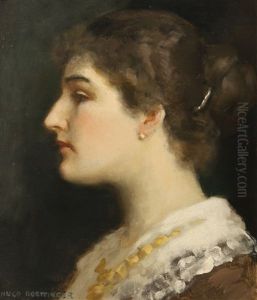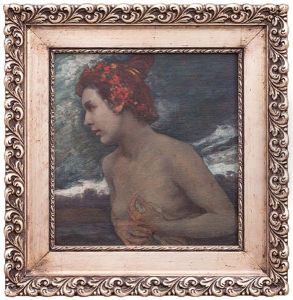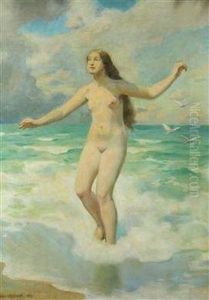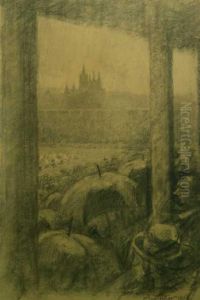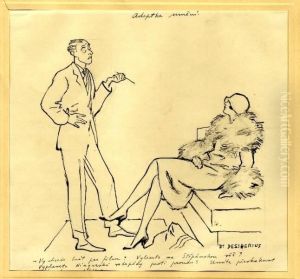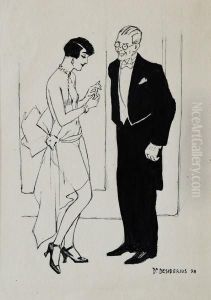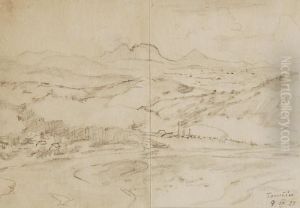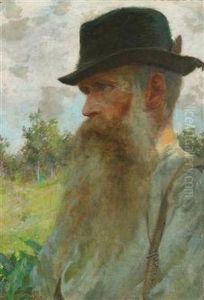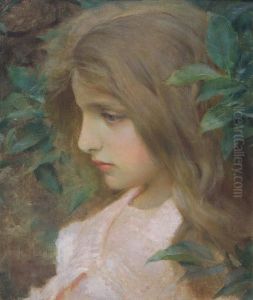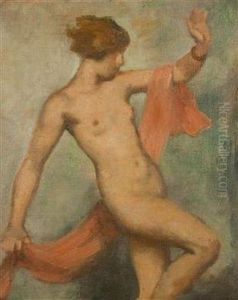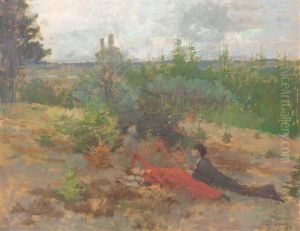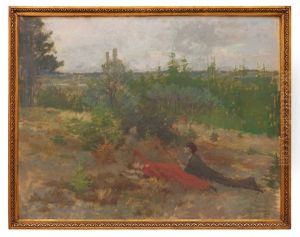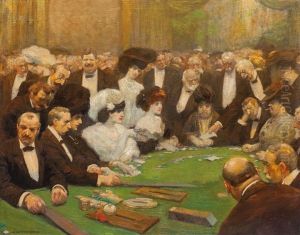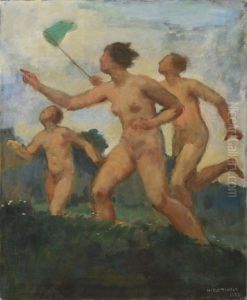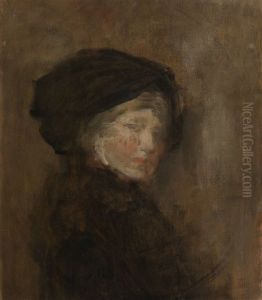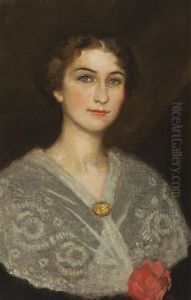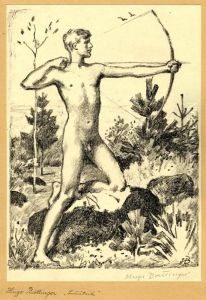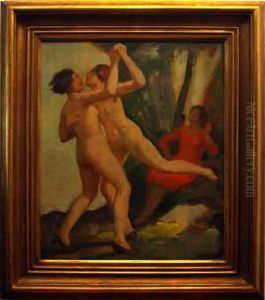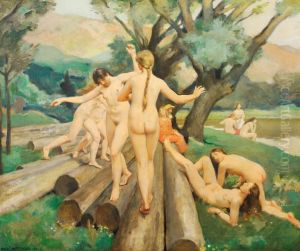Hugo Boettinger Paintings
Hugo Boettinger was a notable Czech painter, born on August 29, 1880, in Mníšek pod Brdy, which was then part of the Austro-Hungarian Empire and now is located in the Czech Republic. Boettinger's artistic talents emerged early in his life, leading him to pursue an education in art. He studied at the Academy of Fine Arts in Prague, where he was mentored by prominent Czech artists of the time, including Vlaho Bukovac and Max Pirner.
His style was deeply influenced by the Art Nouveau movement and the works of the French Impressionists, which can be seen in his use of light and color, as well as in the fluidity of his brushwork. Boettinger's oeuvre includes portraits, still lifes, and landscapes, but he is perhaps best known for his depictions of society scenes and the everyday life of Prague's citizens, capturing the atmosphere and the dynamics of the early 20th-century Bohemian capital.
In addition to his painting, Boettinger also contributed to the field of graphic design and illustration. He created posters, book illustrations, and was involved in designing banknotes for the newly founded Czechoslovakia after World War I.
Despite his artistic accomplishments, Boettinger's life was not without struggle. He faced financial difficulties throughout his career, which were exacerbated by the economic instability following the Great War and the subsequent collapse of the Austro-Hungarian Empire.
Hugo Boettinger's work was widely appreciated during his lifetime, and he was a member of various artistic societies, including the Mánes Union of Fine Arts. His contributions to Czech art were significant, and his pieces can still be found in many Czech galleries and museums.
He passed away on March 21, 1934, in Prague, leaving behind a legacy as one of the Czech Republic's distinguished early 20th-century artists. His work continues to be studied and admired for its vibrant representation of Czech culture and society during a period of significant change and modernization.
